Oats, whether in the form of steel-cut or rolled oats, are esteemed for their low glycemic index (GI) and numerous health benefits. Steel-cut oats, created by cutting oat groats into smaller pieces, and rolled oats, steamed and flattened into flakes, maintain their nutritional integrity and low GI status through minimal processing. Their low GI can be attributed to their high fiber content, particularly soluble fiber, which slows digestion and glucose absorption, thereby preventing blood sugar spikes. Rich in beta-glucan, oats have been shown to improve insulin sensitivity, lower cholesterol, and promote heart health. With their versatile culinary applications and nutrient-rich composition, oats are a wholesome addition to any diet, supporting stable blood sugar levels and overall well-being.
Table of Contents
Unraveling the Low Glycemic Secrets of Steel-Cut and Rolled Oats:
Oats, whether in the form of steel-cut or rolled oats, are renowned for their low glycemic index (GI) and myriad health benefits. Steel-cut oats, also known as Irish or Scottish oats, are made by cutting oat groats into small pieces, while rolled oats are steamed and flattened into flakes. Both varieties undergo minimal processing, which helps retain their nutritional integrity and low GI status.
The low GI of oats is attributed to their high fiber content, particularly soluble fiber, which slows down digestion and the absorption of carbohydrates, resulting in a gradual release of glucose into the bloodstream. This slow and steady release helps prevent spikes in blood sugar levels and promotes sustained energy levels, making oats an excellent choice for individuals managing diabetes or seeking to stabilize their blood sugar levels.
Additionally, oats are rich in beta-glucan, a type of soluble fiber that has been shown to improve insulin sensitivity, lower cholesterol levels, and promote heart health. Oats also provide a range of vitamins and minerals, including manganese, phosphorus, magnesium, iron, and B vitamins, making them a nutrient-dense addition to any diet.
What Are Steel-Cut Oats And Rolled Oats?
Steel-cut oats and rolled oats are two common varieties of oats that differ in their processing methods:
- Steel-Cut Oats: Steel-cut oats, also known as Irish or Scottish oats, are made by chopping oat groats into small, coarse pieces using steel blades. This minimal processing results in a chewy texture and nutty flavor. Because steel-cut oats are less processed than other varieties, they retain more of their natural nutrients and fiber, making them a popular choice for those seeking a hearty and nutritious breakfast option.
- Rolled Oats: Rolled oats, also called old-fashioned oats, are made by steaming oat groats and then flattening them with large rollers. This process creates flakes that cook more quickly and have a softer texture compared to steel-cut oats. While rolled oats are slightly more processed than steel-cut oats, they still retain a significant amount of their nutrients and fiber, making them a convenient and versatile option for oatmeal, baking, and other recipes.
What Are The Differences Between Steel-Cut Oats And Rolled Oats?
There differences between steel-cut oats and rolled oats are primarily in their texture, cooking time, and nutritional profiles:
- Texture: Steel-cut oats have a chewy texture and nutty flavor due to their coarse, chopped grain. On the other hand, rolled oats have a softer texture because they are steamed and then flattened with large rollers.
- Cooking Time: Steel-cut oats require a longer cooking time compared to rolled oats due to their coarse texture. They typically take around 20 to 30 minutes to cook on the stovetop. Rolled oats, being thinner and more processed, cook much faster and can be ready in about 5 to 10 minutes.
- Nutritional Profile: Both steel-cut oats and rolled oats are highly nutritious and contain similar amounts of fiber, vitamins, and minerals. However, steel-cut oats may have a slightly lower glycemic index (GI) than rolled oats because they are less processed. This means steel-cut oats may have a smaller impact on blood sugar levels, making them a preferred choice for some individuals, especially those with diabetes.
- Versatility: While both types of oats can be used interchangeably in many recipes, steel-cut oats are often preferred for oatmeal and porridge due to their hearty texture, while rolled oats are more commonly used in baking, granolas, and smoothies because of their softer consistency.
Steel-cut Oats or Rolled Oats- Which Is Better For Diabetics?
Both steel-cut oats and rolled oats can be beneficial for individuals with diabetes due to their low glycemic index (GI) and high fiber content, which help regulate blood sugar levels. However, the choice between steel-cut and rolled oats ultimately comes down to personal preference and convenience.
Steel-cut oats, being less processed, have a slightly lower GI than rolled oats, meaning they may have a slightly smaller impact on blood sugar levels. Additionally, their chewy texture and nutty flavor can be appealing to some individuals. However, steel-cut oats also require a longer cooking time compared to rolled oats.
On the other hand, rolled oats are more convenient and cook more quickly than steel-cut oats. They have a softer texture and milder flavor, making them suitable for various recipes beyond just oatmeal. Rolled oats are often preferred for their versatility and ease of preparation.
Ultimately, both steel-cut and rolled oats are nutritious options for individuals with diabetes, and choosing between them depends on personal taste, texture preferences, and cooking time considerations. Incorporating either variety into a balanced diet can help support stable blood sugar levels and overall health.
Easy Steel-cut Oats or Rolled Oats Recipes:
Here are a few recipes using both steel-cut oats and rolled oats:
Steel-Cut Oats Recipes:
- Basic Steel-Cut Oatmeal: Combine 1 cup of steel-cut oats with 3 cups of water or milk in a saucepan. Bring to a boil, then reduce heat to low and simmer for about 20-30 minutes, stirring occasionally, until the oats are creamy and tender. Serve hot with toppings like fresh fruit, nuts, honey, or cinnamon.
- Savory Steel-Cut Oats: Prepare steel-cut oats as directed above, but instead of sweet toppings, try adding savory ingredients like sautéed spinach, mushrooms, onions, and grated cheese. Season with salt, pepper, and herbs like thyme or rosemary for a comforting and nutritious breakfast or brunch option.
- Steel-Cut Oat Risotto: Use steel-cut oats instead of Arborio rice to make a creamy oat risotto. Sauté aromatics like garlic and shallots in olive oil, then add the oats and gradually stir in vegetable or chicken broth until the oats are tender and creamy. Finish with grated Parmesan cheese and fresh herbs like parsley or basil.
Rolled Oats Recipes:
- Classic Rolled Oatmeal: Combine 1 cup of rolled oats with 2 cups of water or milk in a saucepan. Bring to a simmer and cook for 5-10 minutes, stirring occasionally, until the oats are thick and creamy. Serve hot with toppings like sliced bananas, chopped nuts, maple syrup, or a dollop of yogurt.
- Baked Oatmeal: Mix rolled oats with eggs, milk, sweetener, and flavorings like cinnamon and vanilla extract. Pour into a baking dish and bake until set and golden brown. Serve warm with a drizzle of honey or a sprinkle of powdered sugar for a comforting and nutritious breakfast or brunch option.

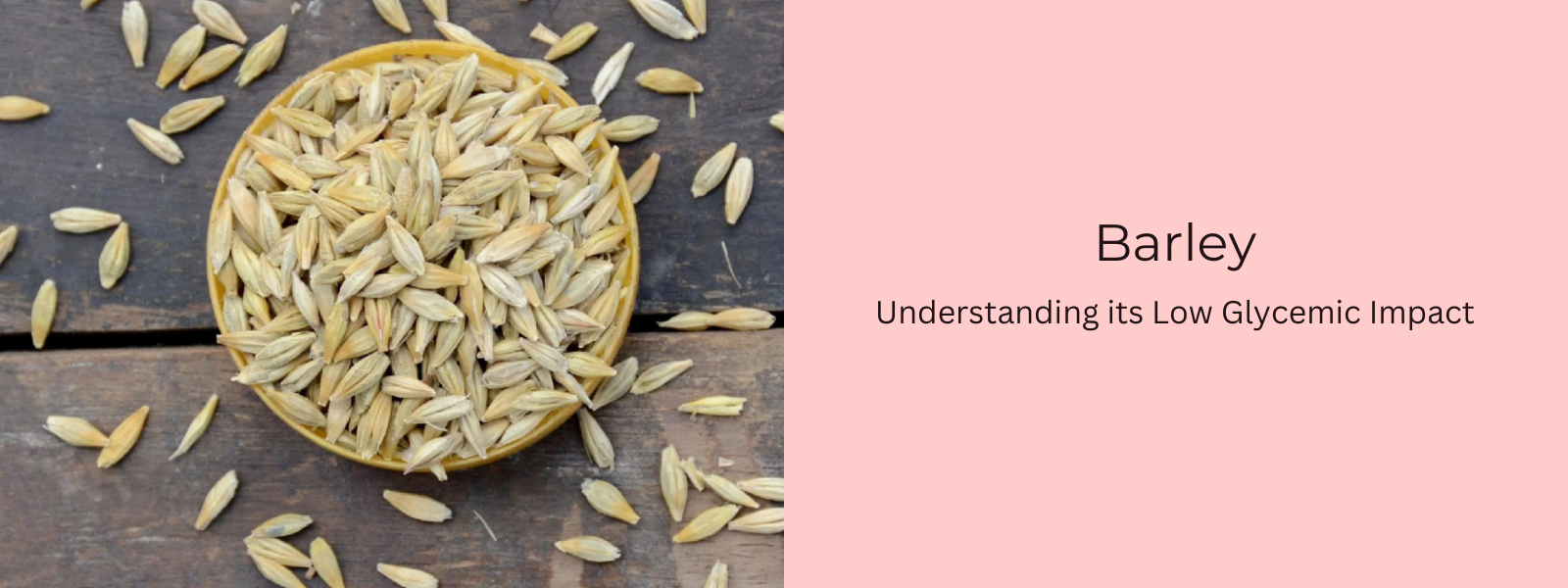
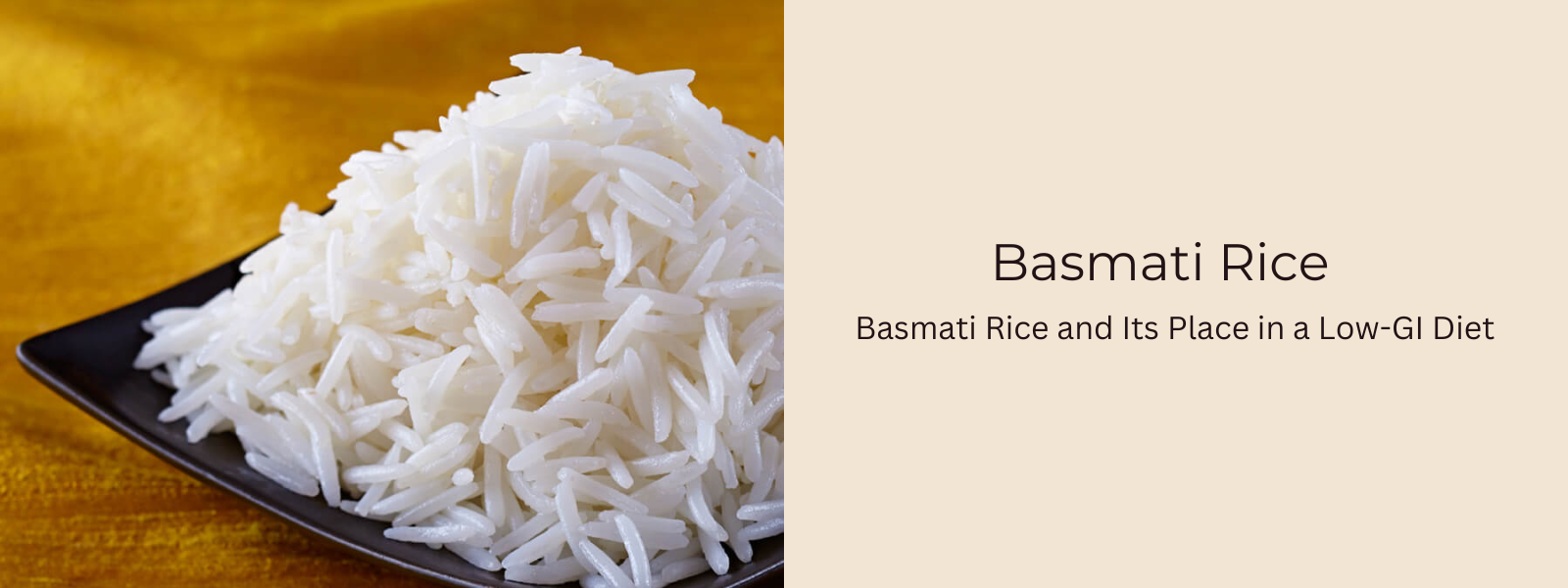

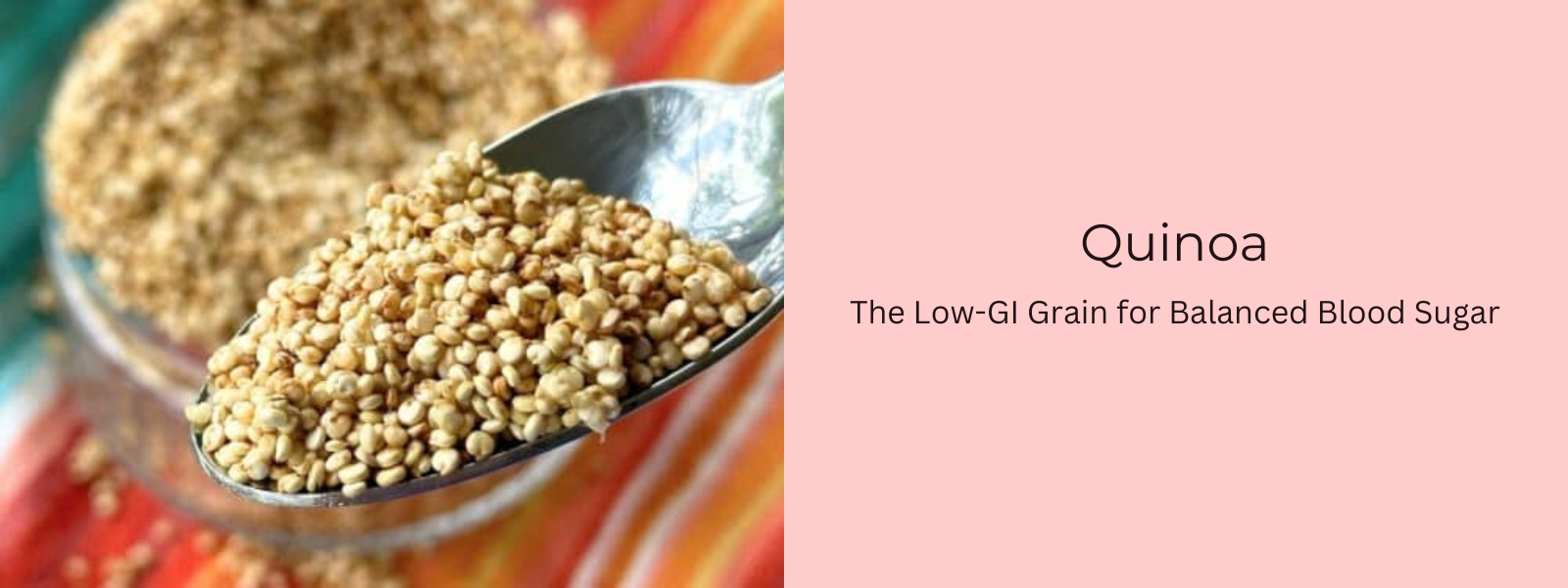
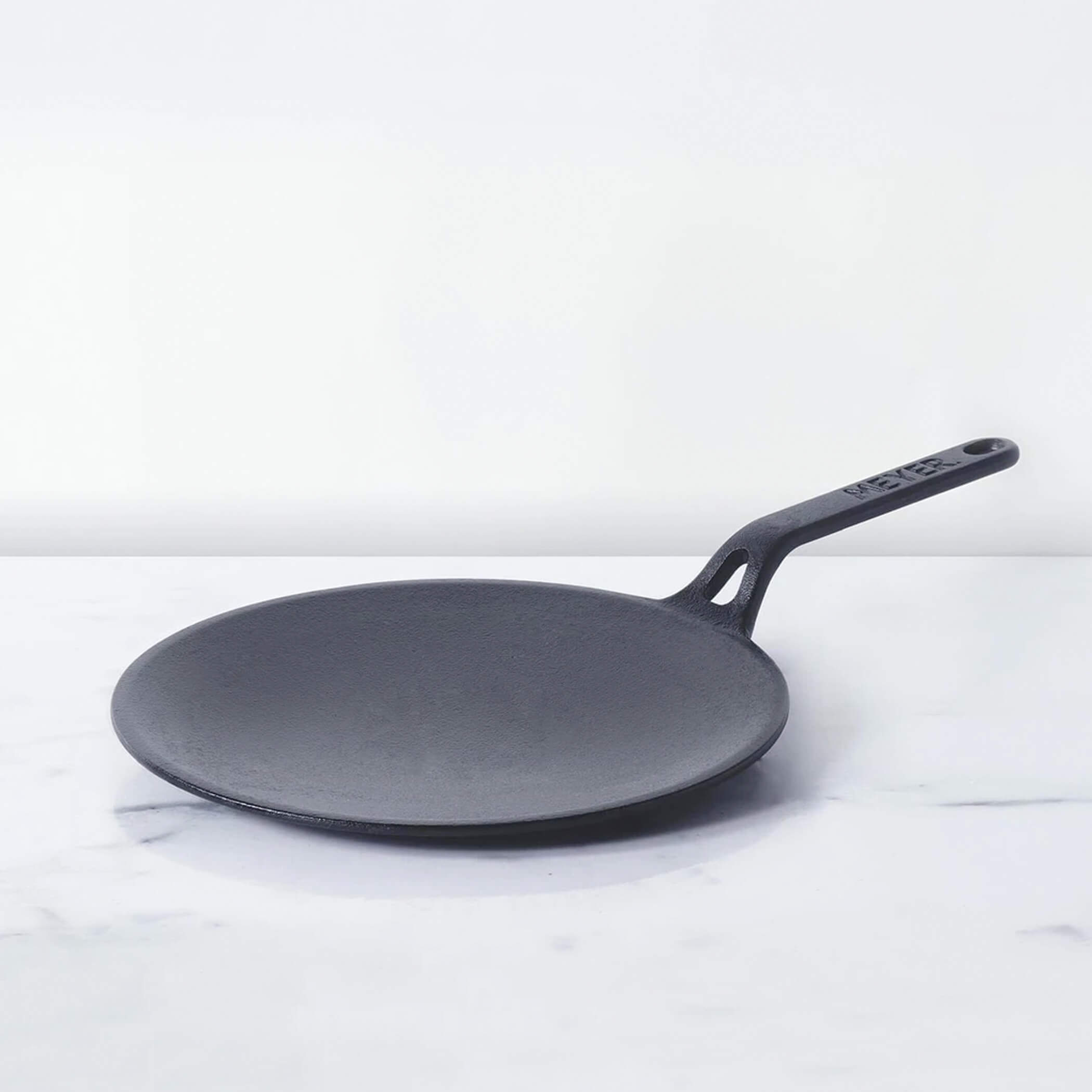
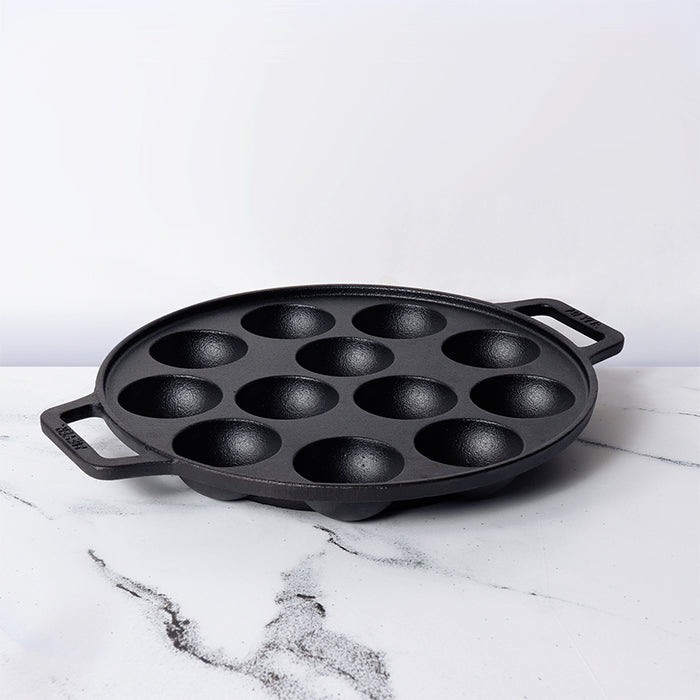




Leave a comment